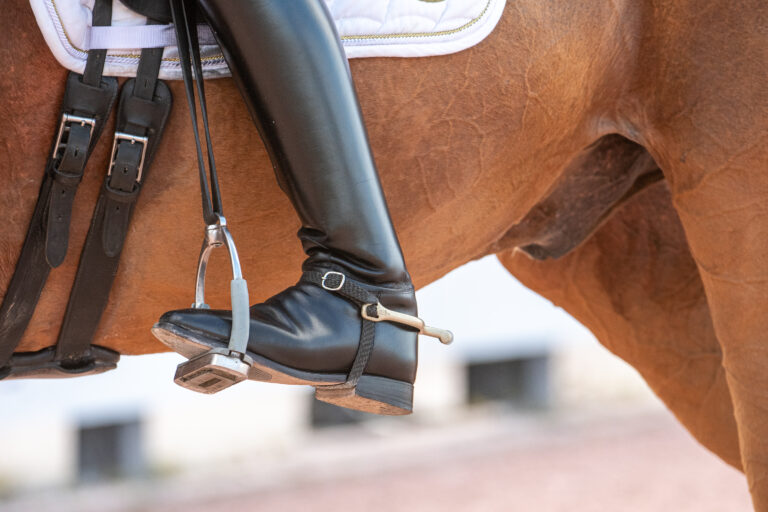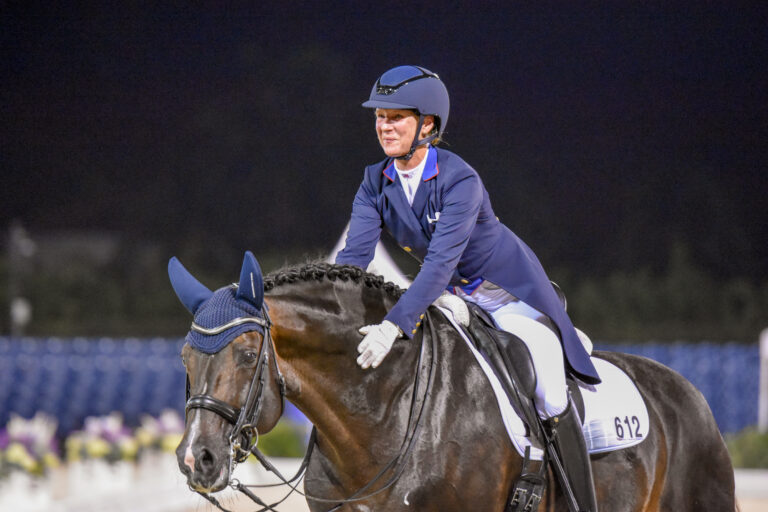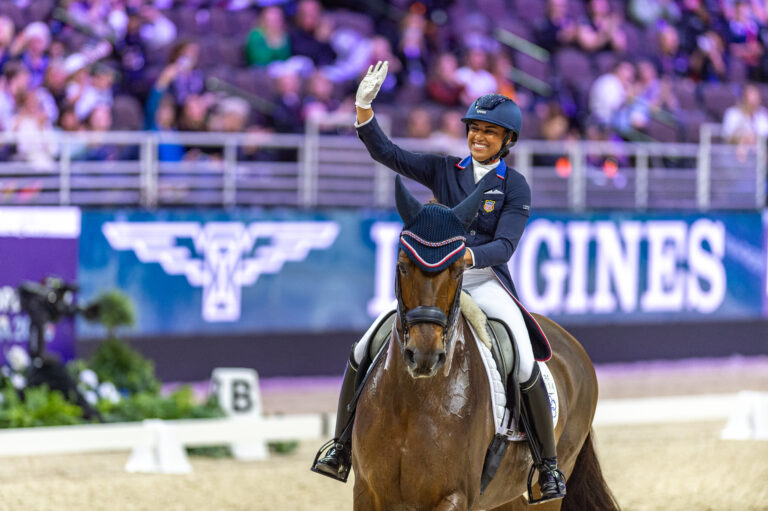By Nancy Jaffer
What do you do for an encore when you’ve hosted the best dressage riders in the world and it’s time to put on another show 12 months later?
You bill yourself as “The greatest equestrian experience in the Midwest” and rebuild.
“We’re trying to use the energy that the World Cup created to grow the sport in our region,” said Lisa Roskens, the dynamic executive who silenced the skeptics by staging the spectacular 2017 finals of dressage and show jumping in a city many Europeans couldn’t find on a map.
While the International has offered show jumping for seven years, making it a must-attend for those involved with that discipline in a multi-state area, dressage became a bigger challenge. There was exactly one freestyle competitor in 2015 when the International first offered dressage.
Sailing on the anticipation of the finals, the World Cup test event in 2016 drew a respectable group of participants, some of whom hoped to ride in the real deal the following year.
Without that to look forward to for this edition of the show, however, dressage director Thomas Baur (who holds the same position for the Adequan Global Dressage Festival and the FEI World Equestrian Games) came up with a team concept that would include CDI (international level, mostly Small Tour) riders with juniors, Young Riders, and para-equestrians. Unfortunately, the upcoming test event for the WEG in Tryon, N.C., meant para riders weren’t available this time around.
They missed an interesting experience last night. The trip from Montreal was worth it for 18-year-old Camille Carier Bergeron, who rode Sound of Silence in the junior test. She was the only one of 12 competitors to break 70 percent and propelled her team (best two of three scores to count) into a 3.382-point lead.
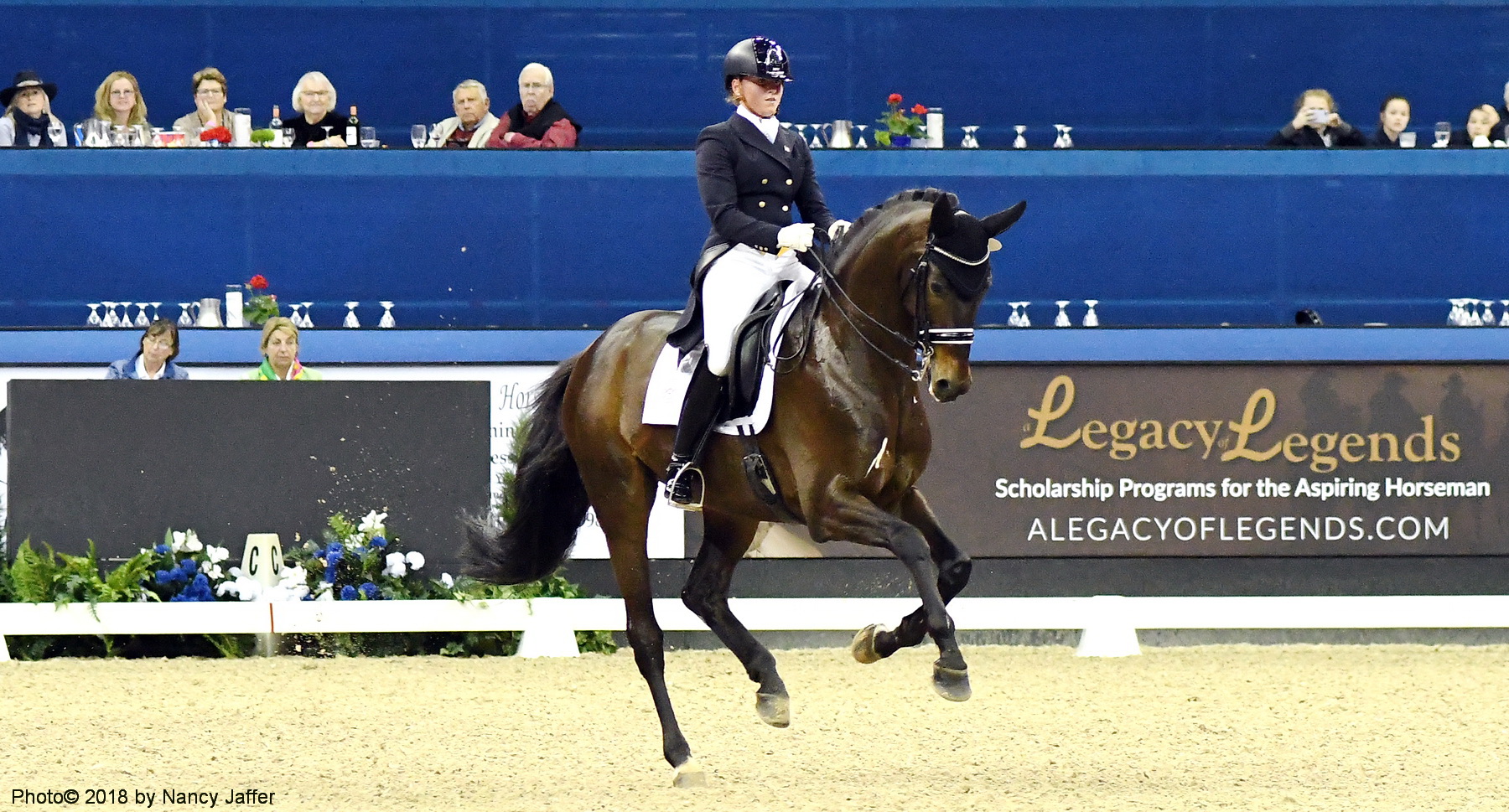
Bergeron had watched the 2017 finals on video and was thrilled that her first time competing in an indoor ring was at the CenturyLink Center.
“It’s incredible to think that Isabell Werth and Carl Hester and the big riders I dream to become were here. It’s very inspiring. It’s a special atmosphere,” enthused Bergeron, who was marked at 70.882 percent for her performance with her 10-year-old Westfalen.
Jacquelynn Mackie, a 19-year-old college student from Michigan, also felt the power of the place.
“When I was finished, I was overcome with emotion,” she revealed about her ride on Weltrubin 5.
“This was my first show of the season. I was just hoping to get through the test.”
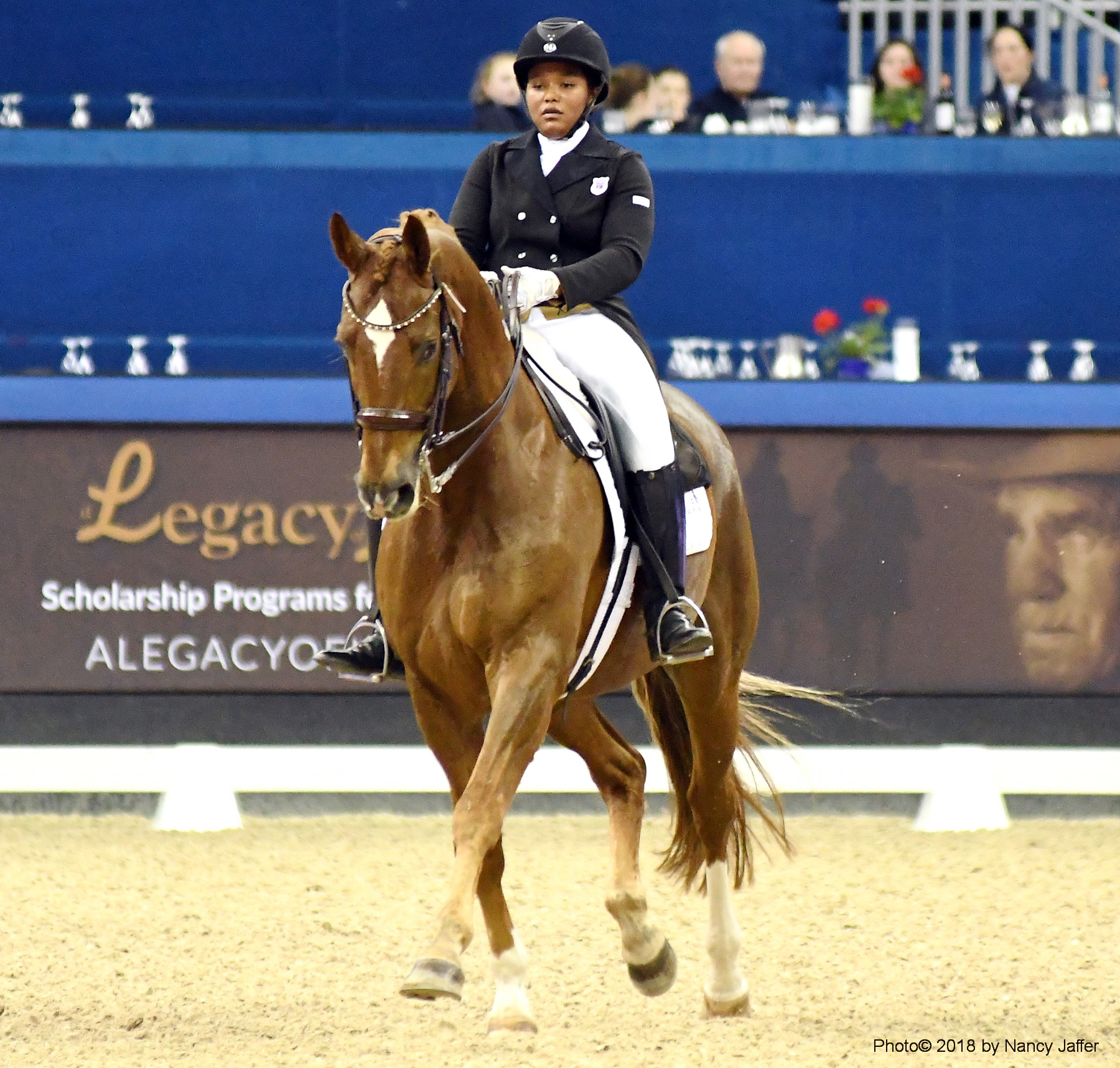
Missy Fladland, a trainer/rider who is based in neighboring Iowa, declared, “Once this show takes off, it’s going to get big, especially in the dressage,” she said.
She likes the concept of the $45,000 International Omaha Team Dressage Challenge, presented by Mission Control and Rowan O’Riley, which concludes tomorrow night with freestyles.
Fladland believes the elements for building dressage success at the show are all there.
“It’s a great facility, the (organizing) team does a super job, they’ve gotten prize money, which is rare, especially in the Small Tour. I think it’s going to be a great building block for the Midwest. It’s going to help us develop the Midwest like Florida has developed the rest of the country, in a way.”
Fladland, who rode Sundance 8 in the I-1, said, “This is a good community to support this sport, and we keep continuing to grow the Midwest, to branch out like the East and West coasts.”
Organizers knew they wouldn’t be getting big name Grand Prix riders this year, but that worked into their plan.
“We really wanted this to be something that both brought people to our region but allowed people in our region to compete in it. In order to grow the sport, you have to start with where you are and then nudge them upwards,” said Roskens.
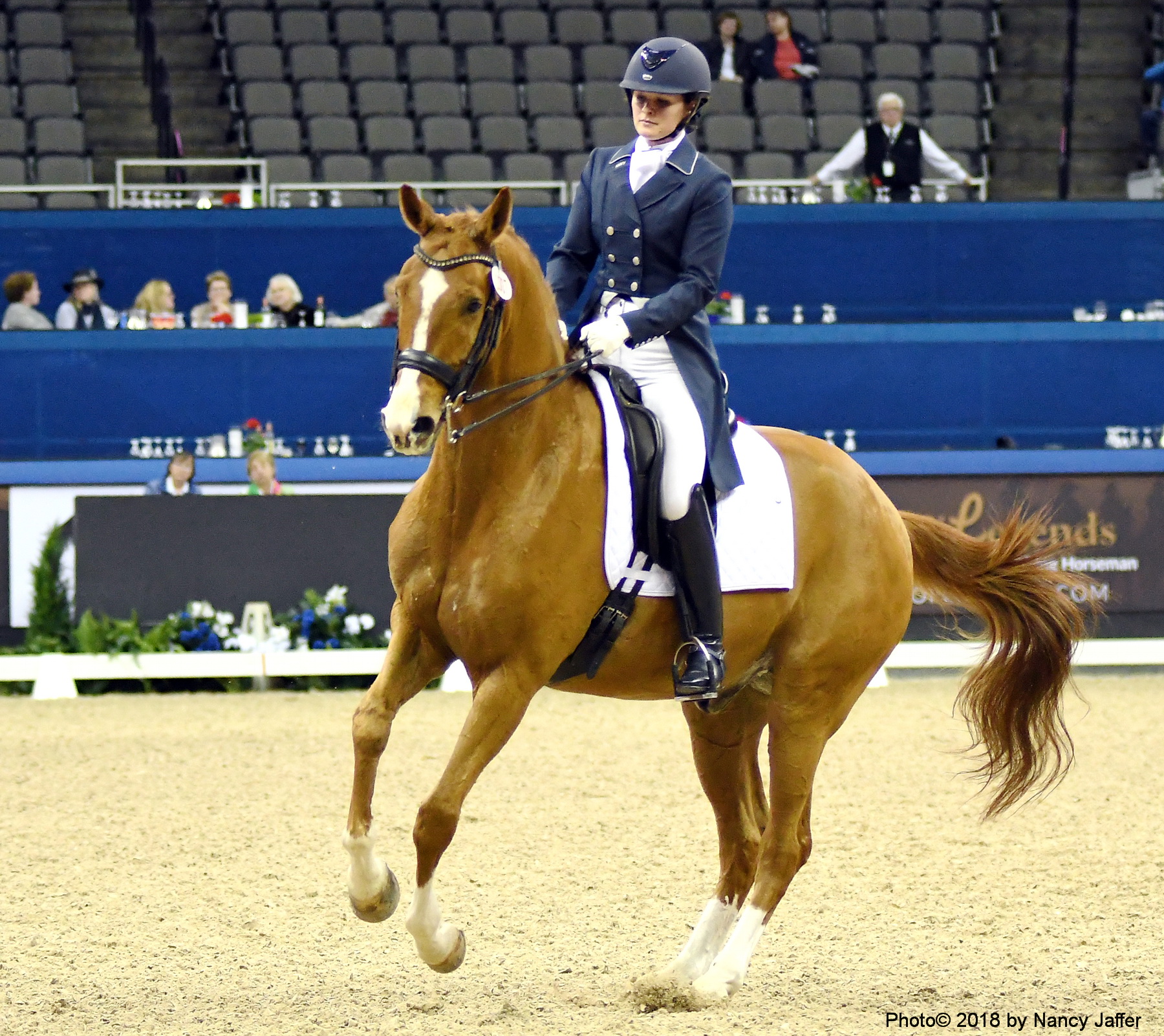
Noting that there is a strong grassroots dressage organization in the area, Roskens said, “We’re trying to whet the appetite for those people to push to try to ride at a little higher level, and if not, we’re giving them an exciting and fun experience to come and learn and watch what they love.”
Part of that is a clinic today featuring top German rider/trainer Hubertus Schmidt, “one example of our commitment to education across the board, not just for high-level riders. By bringing in some of the top in the sport, we give people the opportunity to learn from someone they might not otherwise be able to see,” said Roskens.
“Hubertus was one of those people who is so well-known, both as a rider and teacher, and to most people in our area, he’s completely inaccessible. I know of people from Minneapolis and Kansas City who are bringing their whole barns, just to be able to watch Hubertus.”



